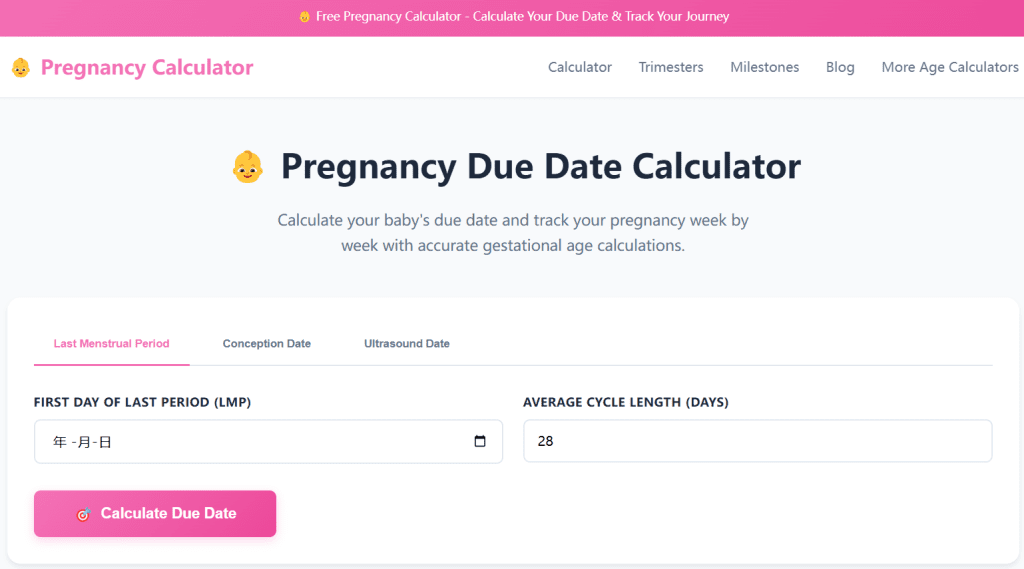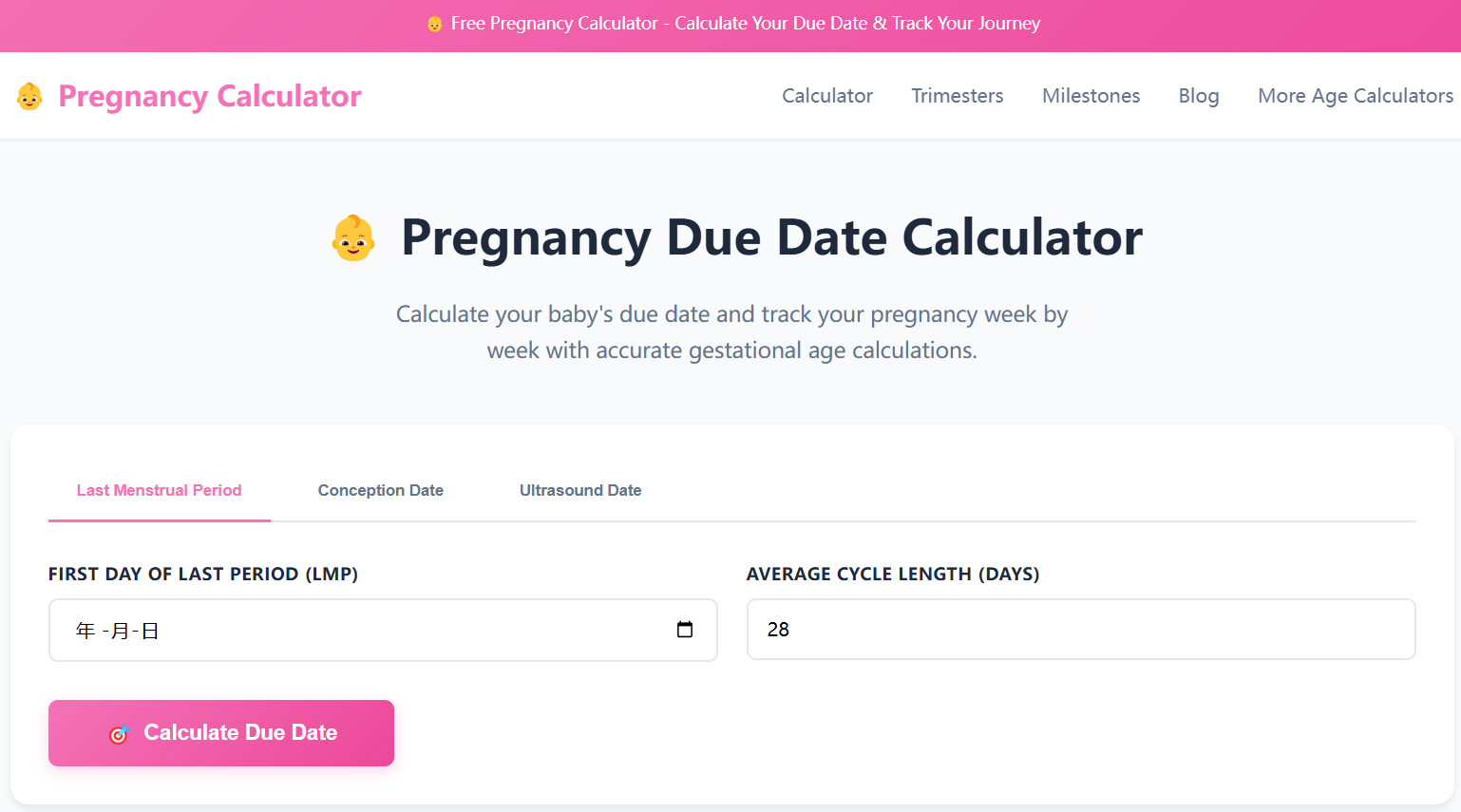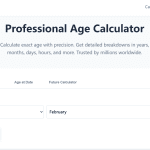The moment you discover you’re pregnant, one of the first and most pressing questions is: “When is my baby due?” Your estimated due date (EDD) marks a pivotal point in your pregnancy journey, serving as a guidepost for your baby’s development and your prenatal care.
This comprehensive guide will walk you through the science and methods healthcare providers use to determine your due date, explaining why it’s an educated estimate rather than a definitive deadline.

The Gold Standard: Naegele’s Rule
The most common method for calculating a due date is Naegele’s Rule, a formula developed by a German obstetrician in the 19th century. It’s based on a standard 28-day menstrual cycle and ovulation occurring on day 14.
The Formula:
- Identify the first day of your last menstrual period (LMP).
- Add one year.
- Subtract three months.
- Add seven days.
Example:
If the first day of your last period was June 10, 2024:
- Add one year: June 10, 2025
- Subtract three months: March 10, 2025
- Add seven days: March 17, 2025
This is your estimated due date.
Beyond the Calendar: Advanced Methods for Accuracy
While Naegele’s Rule is a great starting point, healthcare providers use additional tools for a more precise estimate, especially if your cycles are irregular.
1. First-Trimester Ultrasound Dating
An ultrasound in the first trimester (weeks 6-12) is the most accurate method for dating a pregnancy. During this window, embryos develop at a remarkably consistent rate. The sonographer measures the Crown-Rump Length (CRL)—the length of the embryo from head to buttocks—to determine gestational age with an accuracy of ±5-7 days.
2. Conception Date
If you know the exact date of conception (common for those using fertility tracking or IVF), you can calculate your due date by adding 266 days (38 weeks) to that date. This method is highly accurate but less commonly applicable, as it’s difficult to pinpoint the exact day for most couples.
3. IVF Transfer Date
For pregnancies achieved through In Vitro Fertilization (IVF), the dating is extremely precise.
- For a Day 5 embryo transfer, your due date is 261 days from the transfer date.
The Surprising Truth: Why Your Due Date is an Estimate
Here is the fact that surprises most expectant parents: Only about 5% of babies are born on their exact due date.
A full-term pregnancy is considered anywhere between 37 and 42 weeks. Your “due date” is simply the day you hit 40 weeks. It’s more helpful to think of it as the center of a four-week window during which your baby is most likely to arrive naturally.
What If My LMP Date is Uncertain?
If you have irregular periods, were on hormonal birth control shortly before conceiving, or are unsure of your LMP, don’t worry. In these cases, a first-trimester ultrasound becomes the primary tool for establishing your most accurate due date. Healthcare providers will rely on this “ultrasound dating” over LMP calculations when there’s a significant discrepancy.
Key Takeaways
- Naegele’s Rule (LMP) is the standard calculation but assumes a “perfect” 28-day cycle.
- First-Trimester Ultrasound is the most accurate dating method.
- Your due date is a 40-week estimate, not a deadline.
- A “term” baby can be born anytime between 37 and 42 weeks.
Ready to Calculate Your Own Due Date?
Now that you understand the science, use our interactive Due Date Calculator to get a personalized estimate for your pregnancy journey!
Sources: American College of Obstetricians and Gynecologists (ACOG), American Pregnancy Association.




